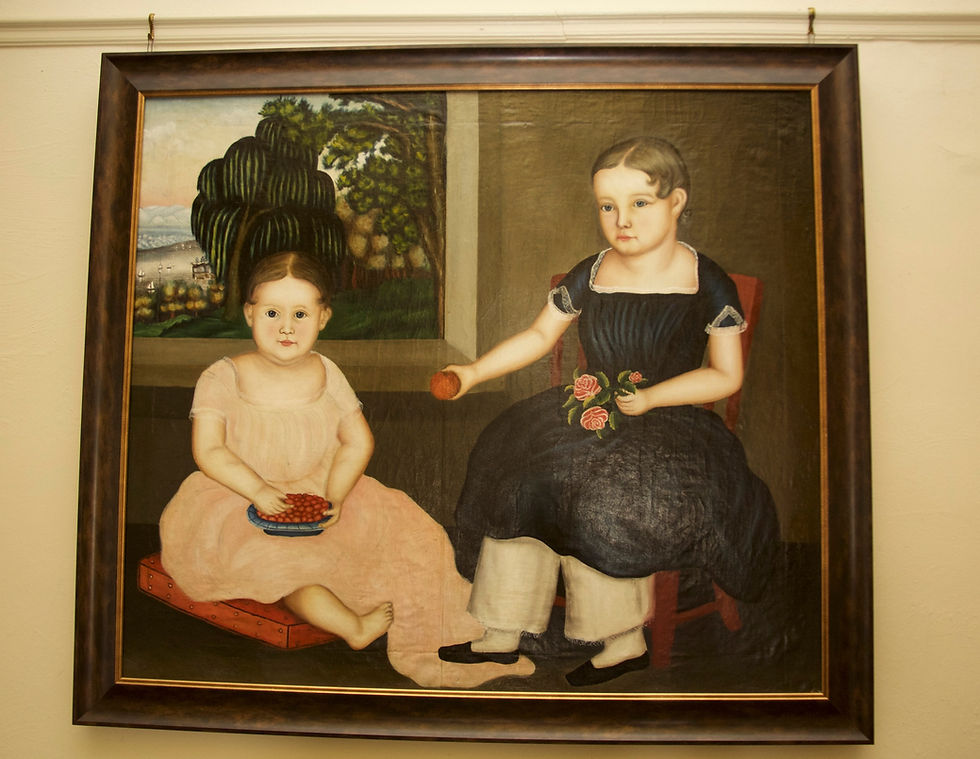Helen VanGuilder WWII WAAC
Shared by Sandy Chamberlain
The Women's Army Auxiliary Corps (WAAC) was a group of women who served in the United States Army during World War II. The WAAC was created to free up men for combat by taking on administrative duties.
Formation
The WAAC was established in 1942 in response to the attack on Pearl Harbor
The WAAC was created as an auxiliary unit, but was later converted to an active duty branch of the Army in 1943
The WAAC's first training center was located at Fort Des Moines, Iowa
Roles
WAACs performed a variety of roles, including aircraft spotting, mail sorting, and printing V-mail cards
WAACs were deployed all over the world
Challenges
The WAAC faced opposition from some quarters, including the defense industry and those who thought women shouldn't serve in uniform
Black WACs faced additional challenges, including being given menial jobs and court-martialed
Legacy
The WAAC's contributions were recognized with the passage of legislation that established a lasting presence of women in the Armed Services
The Women's Army Corps (WAC) was the women's branch of the United States Army before 1978. It was created as an auxiliary unit, the Women's Army Auxiliary Corps (WAAC), on 15 May 1942, and converted to an active duty status in the Army of the United States as the WAC on 1 July 1943. Its first director was Colonel Oveta Culp Hobby. The WAC was disbanded on 20 October 1978, and all WAC units were integrated with male units.
Tioga Point Museum has been gifted some letters written by Sgt. Helen Van Guilder while she served in the WAAC during WWII. Helen was from Sayre, Pennsylvania. She shared interesting thoughts and feelings as she served her country. From her excitement of entering training to her excitement about being able to come home to the U.S. again is palpable to the reader of her letters.
On March 23rd in 1943 she was “on her way”, leaving from Penn Station, NY. On March 24th her father received word that she had arrived safely at Fort Oglethorp, Georgia and would be undergoing processing for the next 2 days. After that she would be assigned to basic training and able to send her address for those 4 weeks.
In May of 1943, she wrote of having a large piece of chocolate cake but assured her mother that it was only “almost as good” as hers. She talked about celebrating her birthday and lamenting that her grades weren’t as good as she’d hoped. She said the WAAC’s couldn’t complain about food, that they ate well. She mentioned how much they enjoyed potatoes as they often had “substitutes” like rice or macaroni. She said they sure couldn’t complain because they were all putting on weight!
One letter of interest from June, 1944 shared that her boss was “in a peck of trouble.” She couldn’t elaborate but expressed her utmost sympathy for him! She also added a p.s. to this letter requesting some things from home, including Arrid, a garter belt, starch , soap and gum. She commented more than once about soap being hard to get.
By August of 1945 Helen was anxious to get home and mentioned the “red tape” of the military. A letter from September 29th, 1945 from England mentions not being sure when she would actually get to the U. S. but “will see you again. Loads of love to all. Helen”
More can be learned about Helen’s time in the WAAC by visiting Tioga Point Museum website. To view the letters on website scroll down to Virtual Collection then choose Archives and enter Helen Van Guilder.
The Tioga Point Museum is open Tuesday and Thursday all year but hours are seasonal so please check our web page or Facebook page for current hours or call at 570 888 7225.






























Comments